In the beginning, there were low-tops.
While Kobe gets credit for the modern makeover of the NBA, the truth is ballers have been getting buckets in below ankle basketball shoes from the days of Bill Russell battling big men in Converse Chuck Taylor Lows to Walt Frazier running the point in his signature PUMA Clyde.
In the 1980s, the scale tipped as adidas, Nike, and Reebok brought out bigger shoes with bigger price tags, ranging from the fancy Forum to the space-age Air Force 1 to the progressive Pump Twilight Zone. As we all know, the glitch in the matrix was the Air Jordan series, which first hit the hardwood in the latter days of 1984 and absolutely owned the game all the way through the 1990s.
In the beginning, the high-top signatures for Chicago’s high flyer were also brought out in below ankle form with the Air Jordan 1 Low and Air Jordan 2 Low. MJ himself even played often in the AJ 2 Low.
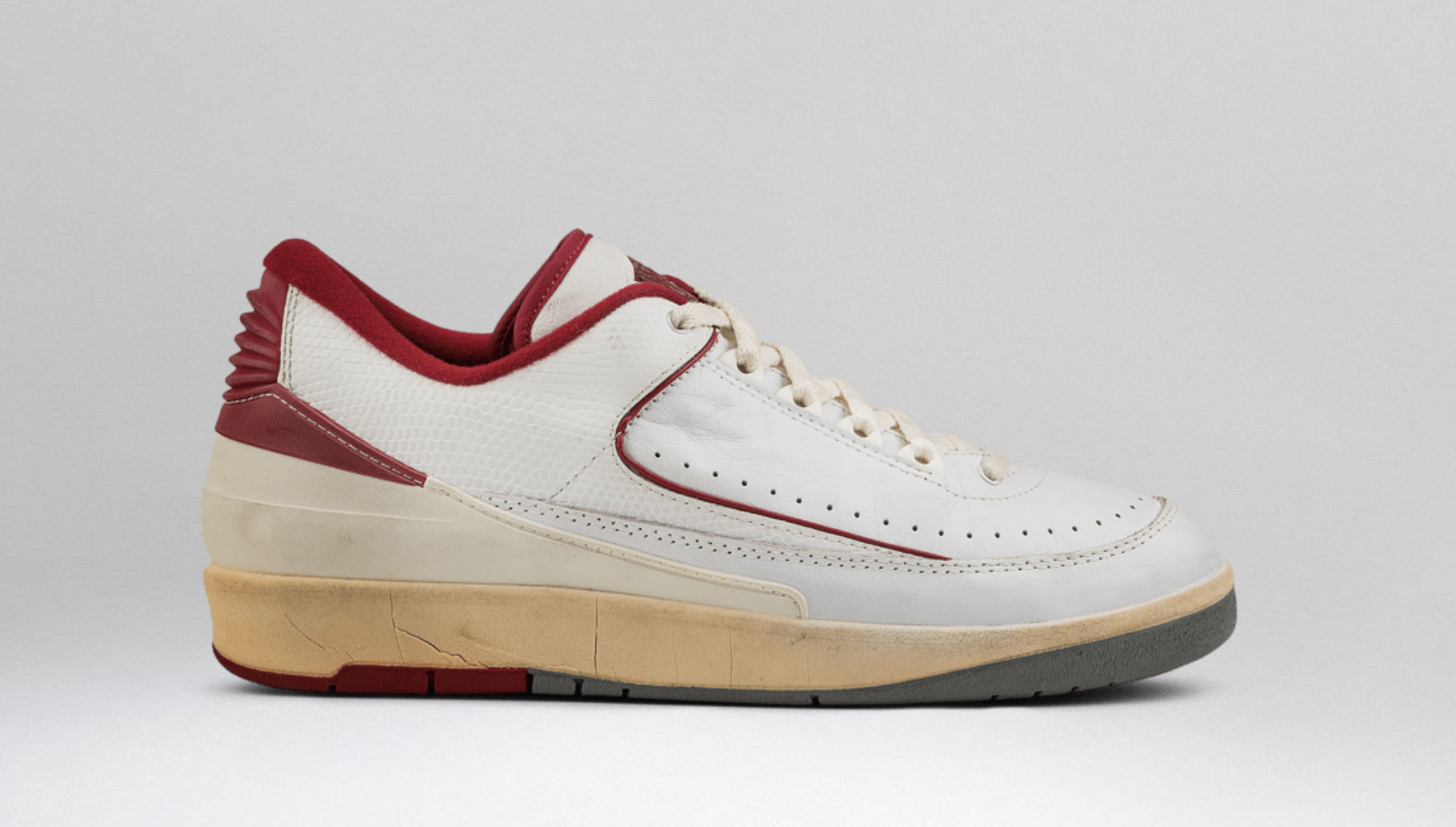
(Image via Air Jordan)
However, by the Air Jordan 3, Tinker Hatfield had taken over and offered MJ exactly what he wanted: a ¾ cut shoe that offered the freedom of a low with the support of a high. Because of this, low-top Jordans were removed from the market and the court for almost a decade.
This of course changed in 1996 when Nike released the Air Jordan 11 IE Low. The ultimate B-Side if there ever was one, Tinker tipped the scale by breaking down and inverting his biggest hit ever.
“We were looking at how we could extend the original performance basketball shoe into something that could further the design, but turn into a low-top,” Hatfield recalled on the AJ11 Low IE to Nike News in 2015. “I wasn’t interested in an exact replica of an 11 in a low-top, I was more interested in doing a low-top that was partly the Jordan 11 but fresher. I wanted something that was lighter and easier to wear.”
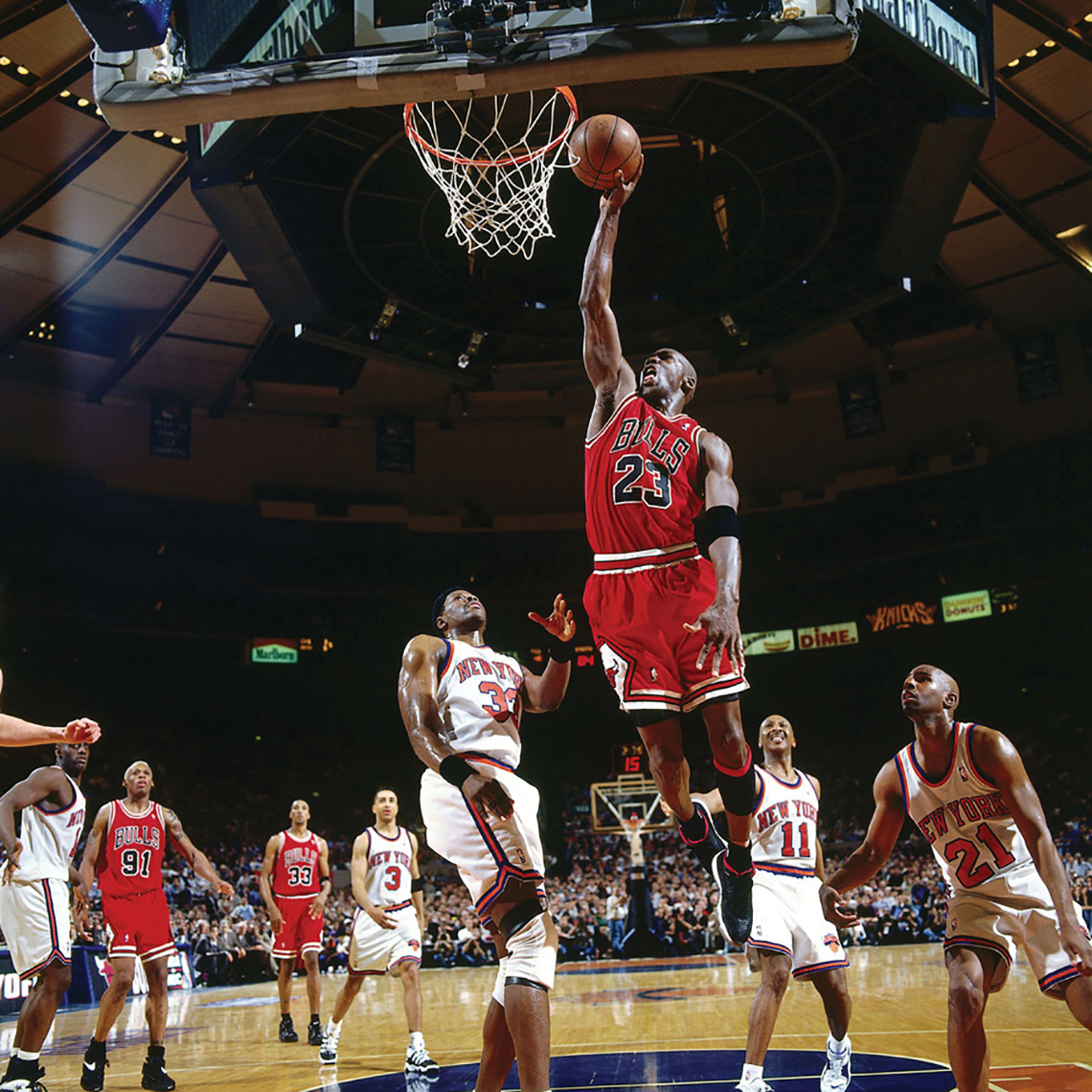
(Image via Nathaniel S. Butler/NBAE via Getty Images)
That fresher feel caught limited wear from MJ on court and some love on the market, though not as much as its mid-top titan. In the seasons to follow, the Air Jordan 12 would launch only as a mid-top with the Air Jordan 13 seeing PE pairs in low-top form for Mike while the retail renditions leaned hard into lifestyle.
Low top Jordans – and low top basketball shoes – generally existed in the 1990s, but they were far from favored on or off the court compared to their taller peers.
Eying retirement from basketball and looking to make a larger leap in the world of business, Michael Jordan began his transition from SG to CEO with Jordan Brand in 1997. To keep his footprint in the future of the game, MJ signed a select roster of stars fit to carry his namesake on the court.
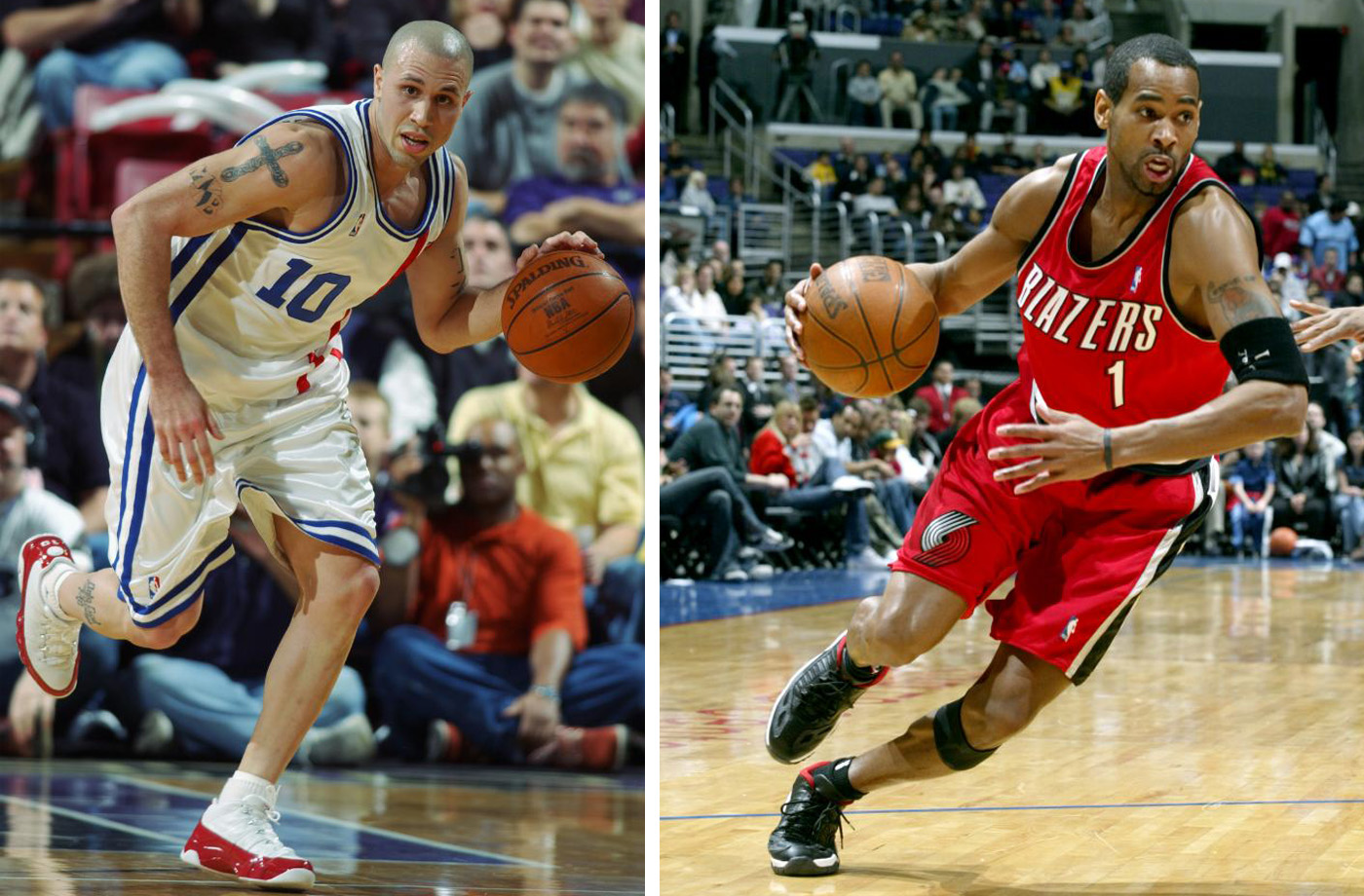
(Images via Kings Kicks & BET)
Made in his image but full of their own flavor, Mike Bibby and Derek Anderson represented Jordan Brand in new markets with new appeal. Taking the Jumpman logo to uncharted territory, both young guards were like Mike yet different. Their affinity for low-top models made them unique to Jordan Brand’s ever-evolving roster.
“I always wanted to be with Jordan,” Bibby told me in 2017. “MJ and I had the same agent when I was coming out of college, so when he asked me if I wanted to wear Jordans there was just no other option that I would rather do.”
For Bibby, standing at 6’2 made him the first true point guard on the Jordan Brand roster. At 6’5, Derek Anderson was capable of playing both guard spots, bringing the ball up the court, or operating from the wing. While both players hooped in signature and team models from the growing Jordan catalog, the two quickly became pioneers for preferring low-top looks from the line’s modern and retro range.
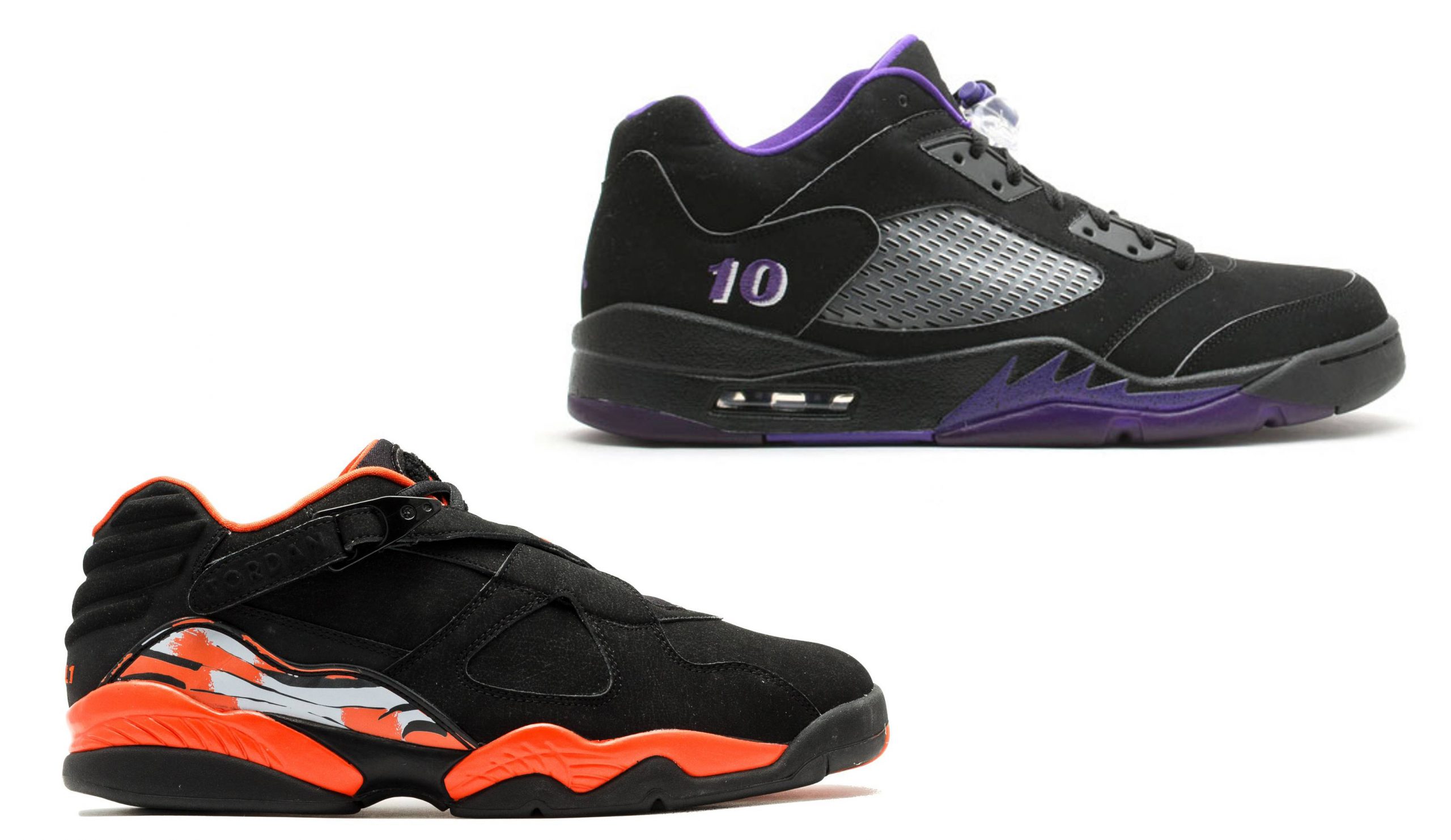
(Images via Flight Club)
Once set free to Sacramento, Bibby balled in every below ankle Air Jordan possible. From PE pairs of the Air Jordan 2 Low, Air Jordan 13 Low, and Air Jordan 18 Low to refashioned retros like the Air Jordan 5 Low and Air Jordan 8 Low, the sky was the limit on what classic kick could become a convertible painted in black and purple.
Around the way, the combo-guard known as Loyal 1 was becoming a journeyman where trades were concerned but packing light by leaning into lows. Famously, Derek Anderson debuted “Concord” Air Jordan 11 Lows on court as a member of the San Antonio Spurs, years after MJ rocked the same shoe at the 1996 Championship Parade and over a decade before they ever released at retail. Anderson even says he convinced MJ to start making low-top retros.
Over the course of the 2000s, low-top Jordans caught casual traction off the court while DA and Bibby balled in their pairs regularly. ¾ cut originals like the Air Jordan 5, 6, 8, and 9 were revised as low-top retros, with the flagship series also bringing below ankle remixes to the market.
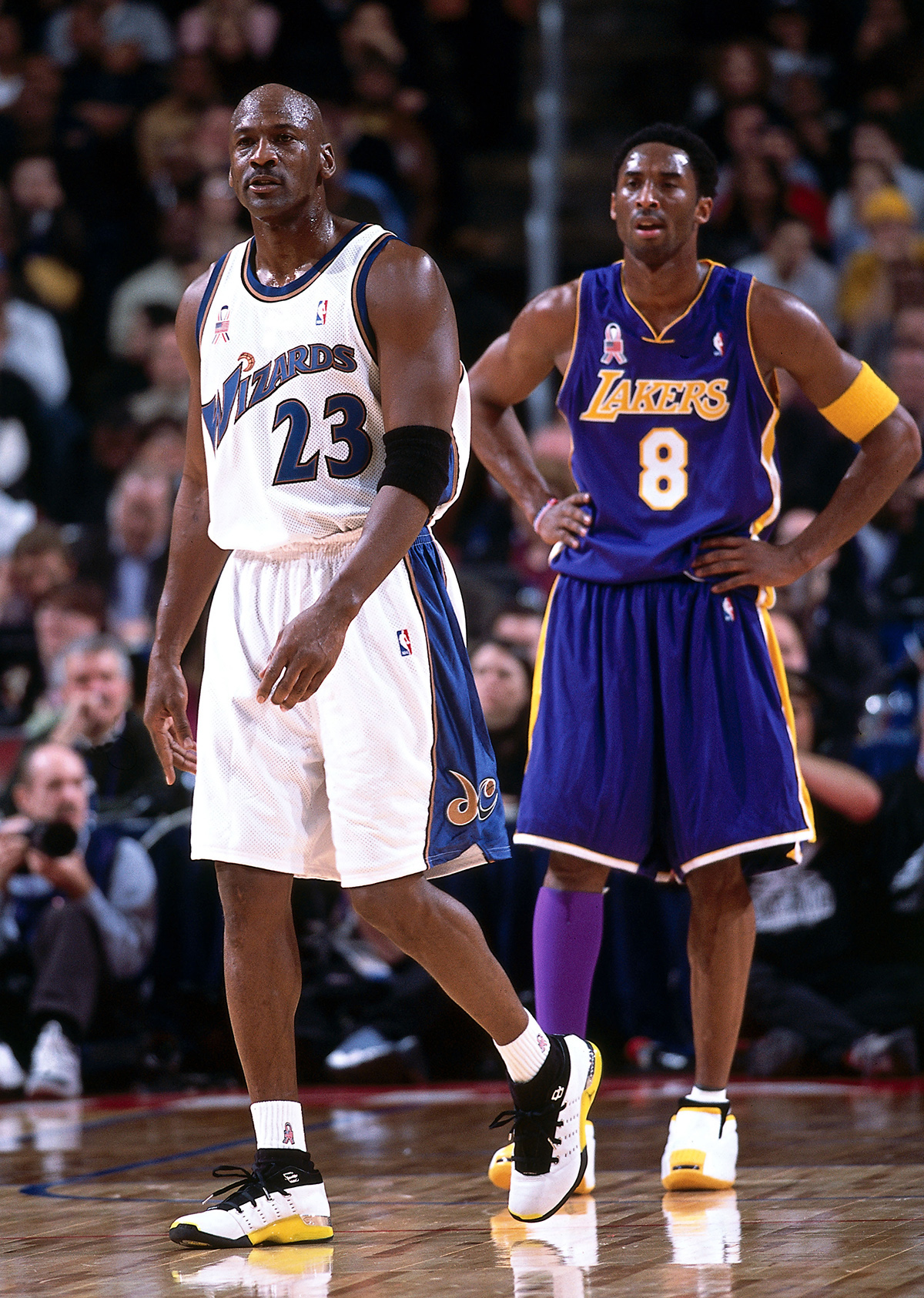
(Image via Andy Hayt/NBAE/Getty Images)
Michael Jordan played in the Air Jordan 17 Low in “Lightning,” “Columbia” and PE fashion during his comeback with the Wizards, while Bibby favored low-top looks on the 17, 18, 19, and XX during his stint in Sacramento.
In the 2010s, low-top Jordan retros were brought back in grand fashion by way of the Air Jordan 11 Low launching in patent leather form summer after summer. The Air Jordan 5 Low, Air Jordan 6 Low, and Air Jordan 9 Low re-retroed to mixed reviews, with the Air Jordan 1 Low and Air Jordan 2 Low catching greater fanfare in the years following their comebacks.
In NBA action, the likes of Jimmy Butler and Victor Oladipo could be caught in low top performance PEs, but not with the same sentiment seen by Bibby and Anderson.
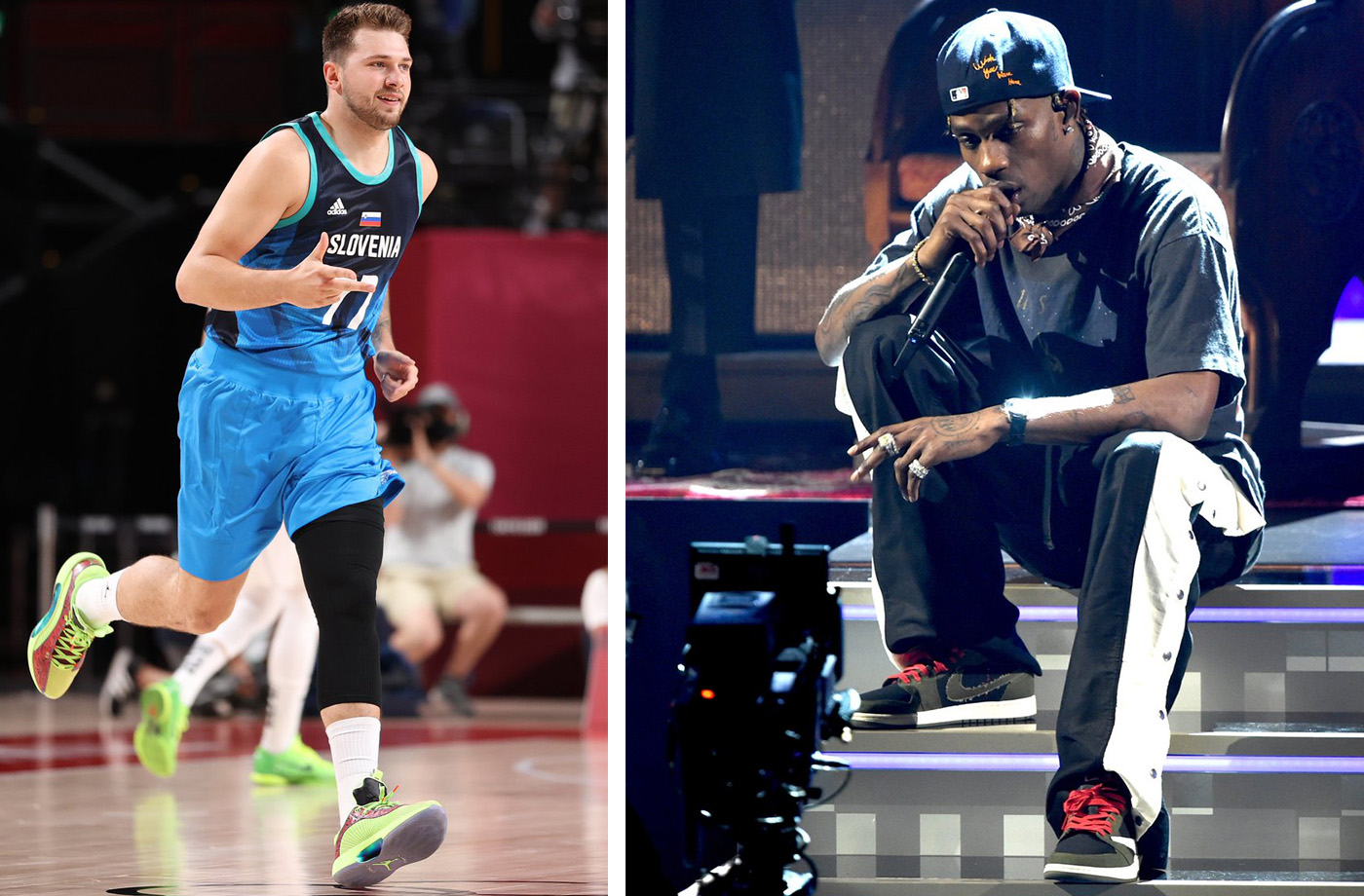
(Images via SLAM Kicks & Sneaker News)
Today, low-top Air Jordan releases are having a renaissance across multiple categories. Basketball phenoms such as Luka Dončić and Caris LeVert love low-top Jordans on court while collaborators like Travis Scott and Aleali May are adding energy to them in the lifestyle realm.
This fall, the buzz around low-0top retros will continue to build with the retro release of the Air Jordan 11 IE Low in OG form, followed by Virgil Abloh’s venture on the Air Jordan 2 Low through his OFF-WHITE imprint. As the popularity for below ankle Air Jordans rises, we still remember the renegade Team Jordan athletes, Mike Bibby and Derek Anderson, who first made them their own.

